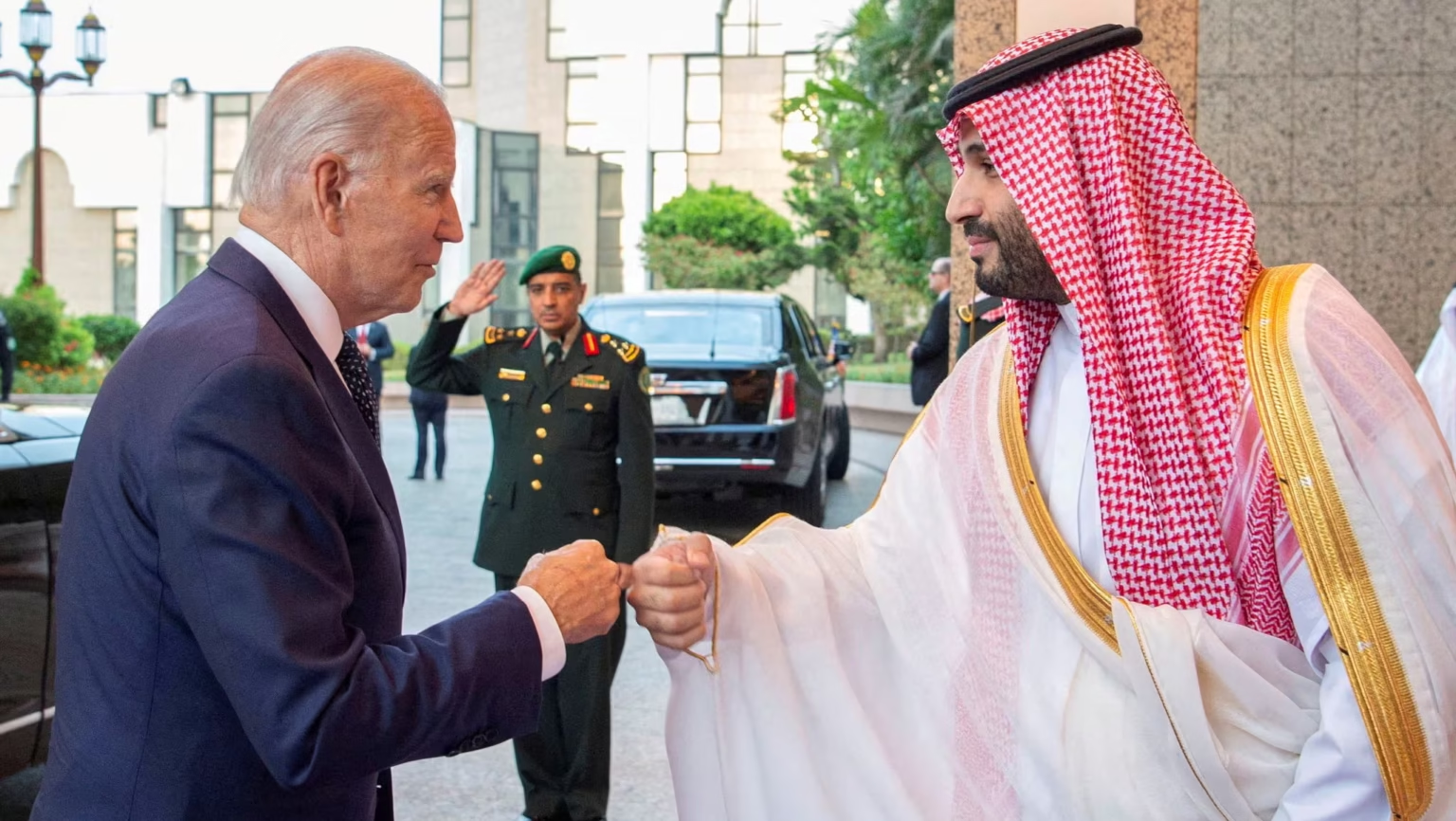U.S. and Saudi Arabia Strengthen Defense Partnership Amid Global Challenges
In a significant move to bolster international security and reinforce diplomatic ties, U.S. Defense Secretary Pete Hegseth welcomed Saudi Arabia’s Defense Minister, Prince Khalid bin Salman, to the Pentagon on February 24, 2025. This high-level meeting underscores the deep-rooted relationship between the United States and Saudi Arabia, focusing on enhancing defense cooperation, regional security, and addressing mutual geopolitical concerns.
With global tensions on the rise, the meeting reaffirms the shared commitment of both nations to stability in the Middle East and beyond. Their discussions revolved around countering security threats, advancing military partnerships, and strengthening strategic cooperation in the face of evolving global challenges.
Reaffirming a Historic Alliance
For decades, the United States and Saudi Arabia have maintained a strong defense alliance, working together to safeguard regional stability. This relationship has played a crucial role in countering terrorism, deterring external threats, and ensuring the safety of key global trade routes, particularly in the Persian Gulf.
During their meeting, Secretary Hegseth and Prince Khalid emphasized the significance of continued military collaboration. Both leaders acknowledged that in an increasingly complex geopolitical landscape, the alliance between the U.S. and Saudi Arabia remains a key pillar in maintaining peace and security.
Their discussions come at a critical time, as multiple conflicts continue to shape the Middle East. The U.S. sees Saudi Arabia as a vital partner in addressing these challenges, given its strategic location and influence in the region.
Key Discussion Points
The high-level talks between the two defense leaders covered a range of critical security and defense issues, highlighting the necessity of ongoing collaboration in multiple areas.
1. Strengthening Regional Security
Both parties expressed concerns over ongoing conflicts in the Middle East, particularly in Yemen, Syria, and Iraq. They discussed the growing threats posed by extremist groups, including terrorist organizations that continue to destabilize the region. The leaders emphasized the need for joint efforts in intelligence sharing, counterterrorism operations, and regional peacekeeping initiatives.
The situation in Yemen remains a top priority, as both the U.S. and Saudi Arabia are invested in finding a sustainable resolution to the prolonged conflict. The two countries reaffirmed their support for diplomatic solutions and humanitarian aid efforts to alleviate suffering in war-affected areas.
2. Advancing Defense Cooperation
The United States reiterated its commitment to strengthening Saudi Arabia’s defense capabilities. This includes ongoing military training programs, joint exercises, and the provision of advanced military technology. Enhancing Saudi Arabia’s ability to independently address security threats is a key goal of this partnership.
Additionally, discussions touched on the modernization of Saudi military forces, cybersecurity initiatives, and enhancing interoperability between U.S. and Saudi armed forces. As cyber warfare becomes an increasing concern, both nations agreed to deepen cooperation in cybersecurity defense strategies.
3. Expanding Strategic Partnerships
Beyond bilateral ties, the leaders emphasized the importance of fostering alliances with other regional partners. Cooperation with Gulf Cooperation Council (GCC) members, NATO allies, and other key international players was a focal point of the meeting.
By strengthening regional coalitions, the U.S. and Saudi Arabia aim to tackle security challenges more effectively, from countering Iranian influence in the Middle East to ensuring the stability of global energy markets.
Recent Developments in U.S.-Saudi Relations
The Pentagon meeting comes at a time when Saudi Arabia is playing a growing role in international diplomacy. The kingdom recently facilitated high-level discussions between U.S. and Russian officials, aiming to ease tensions over the ongoing conflict in Ukraine. This diplomatic effort highlights Saudi Arabia’s increasing role as a mediator in global affairs.
Additionally, Saudi Crown Prince Mohammed bin Salman recently announced a massive $600 billion investment in the United States. This financial commitment underscores the deep economic ties between the two nations and reflects their mutual interest in strengthening both defense and economic partnerships.
On the defense front, Saudi Arabia has also been increasing its military procurement from U.S. defense contractors, further solidifying the military-industrial relationship between the two countries. Advanced arms deals, missile defense systems, and AI-driven defense technologies are among the latest developments in this evolving alliance.
Looking Ahead: A Strengthened Partnership
The meeting between Secretary Hegseth and Prince Khalid bin Salman highlights the unwavering commitment of both nations to strengthen their defense partnership. The discussions reinforced the idea that close military cooperation remains essential in navigating the complex geopolitical landscape of the Middle East.
Both the U.S. and Saudi Arabia have pledged to continue working together to counter regional threats, enhance military coordination, and support efforts aimed at peace and stability. As new challenges arise, their alliance is expected to play a crucial role in shaping security strategies for years to come.
Key Takeaways:
✅ The U.S. and Saudi Arabia reaffirmed their long-standing defense partnership.
✅ Discussions focused on counterterrorism, regional security, and military modernization.
✅ Saudi Arabia’s growing role in global diplomacy was acknowledged.
✅ Economic and defense investments between the two nations continue to strengthen.
The Pentagon meeting serves as a reminder that strong alliances are vital in ensuring global security. With ongoing geopolitical shifts, the U.S.-Saudi defense partnership remains a cornerstone of stability in the Middle East and beyond.
Do follow gulf magazine on Instagram
for more information click here


